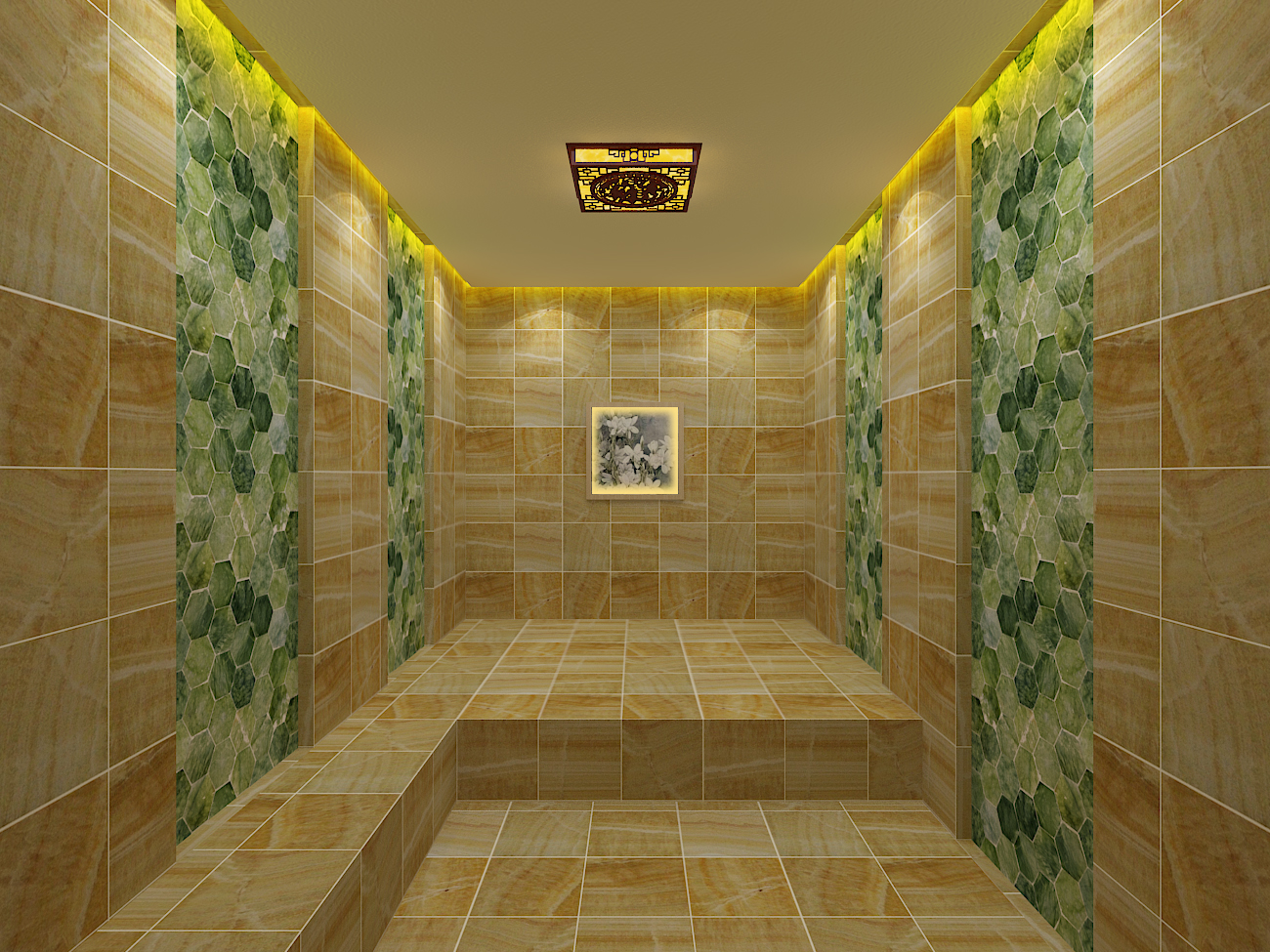
Building a sauna in Mississippi's climate presents unique challenges and considerations when it comes to choosing the right insulation materials. The climate in Mississippi is generally characterized by hot and humid summers and relatively mild winters. This combination requires insulation that can not only handle temperature variations but also deal with moisture effectively.
Proper insulation in a sauna is crucial for several reasons. Firstly, it helps to maintain the desired temperature inside the sauna. This allows for a more efficient heating process and ensures that the sauna can reach and sustain the optimal temperature range for a relaxing and beneficial sauna experience. Secondly, good insulation can reduce energy consumption. By minimizing heat loss, the sauna heater doesn't have to work as hard, leading to potential cost savings in the long run. Additionally, effective insulation can help prevent condensation and moisture buildup, which is essential for maintaining the integrity of the sauna structure and preventing mold and mildew growth.
In Mississippi, while winters are relatively mild compared to some northern regions, there can still be significant temperature differences between the inside of a heated sauna and the outside environment. Insulation materials should have a sufficient R-value (thermal resistance) to keep the heat inside the sauna during the colder months. However, they also need to be able to withstand the heat of the sauna when it's in use. Materials that can handle a wide range of temperatures without deteriorating are essential.
The high humidity in Mississippi's summers poses an additional challenge. Insulation must be able to resist moisture absorption to prevent it from losing its insulating properties. Moisture can also lead to issues such as rot and mold growth if it penetrates the insulation and the sauna structure. Therefore, the chosen insulation should have some level of moisture resistance or be combined with a vapor barrier to protect against excessive humidity.
Rock wool insulation is an excellent choice for a sauna in Mississippi's climate. It has a high R-value, providing good thermal insulation. It is also fire-resistant, which is a significant safety advantage in a sauna environment where there is a heat source. Rock wool can handle high temperatures without melting or degrading. Additionally, it has some natural resistance to moisture. Although it's not completely waterproof, it doesn't absorb moisture as easily as some other materials. It can be installed between the sauna walls and ceiling to help maintain the desired temperature and reduce heat loss.
Fiberglass insulation is another option. It has a good R-value and is relatively inexpensive. It is also effective at insulating against both heat and cold. However, fiberglass can be irritating to the skin and lungs during installation, so proper protective gear should be worn. To address the moisture issue in Mississippi's climate, it's advisable to use a vapor barrier in conjunction with fiberglass insulation. The vapor barrier will prevent moisture from penetrating the insulation and causing problems over time. Fiberglass insulation can be installed in a similar manner as rock wool, providing a layer of thermal protection for the sauna.
Spray foam insulation offers several advantages. It provides a high level of insulation, with excellent air sealing properties. This means it can effectively prevent air leakage, which is important for maintaining a consistent temperature in the sauna. It also has good moisture resistance, as it forms a seamless barrier that prevents moisture from entering the insulated area. Spray foam insulation can adhere well to the surfaces of the sauna, filling in any gaps and crevices. However, it is relatively more expensive than rock wool or fiberglass insulation. There are two main types: open-cell and closed-cell spray foam. Closed-cell spray foam has a higher R-value and better moisture resistance, making it a more suitable option for a sauna in Mississippi's climate with its higher humidity levels.
Regardless of the insulation material chosen, proper installation is crucial for its effectiveness. When installing insulation in a sauna, it's important to ensure a tight fit and proper sealing. Any gaps or cracks can allow heat to escape and moisture to enter, reducing the insulation's performance. For example, when using fiberglass or rock wool batts, they should be cut accurately to fit between the studs or joists and taped or sealed at the seams to prevent air and moisture infiltration. With spray foam insulation, proper application techniques should be followed to ensure even coverage and a good bond with the substrate. It's also advisable to consult a professional installer or follow manufacturer's instructions carefully to ensure the insulation is installed correctly and safely.

